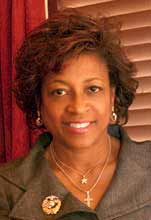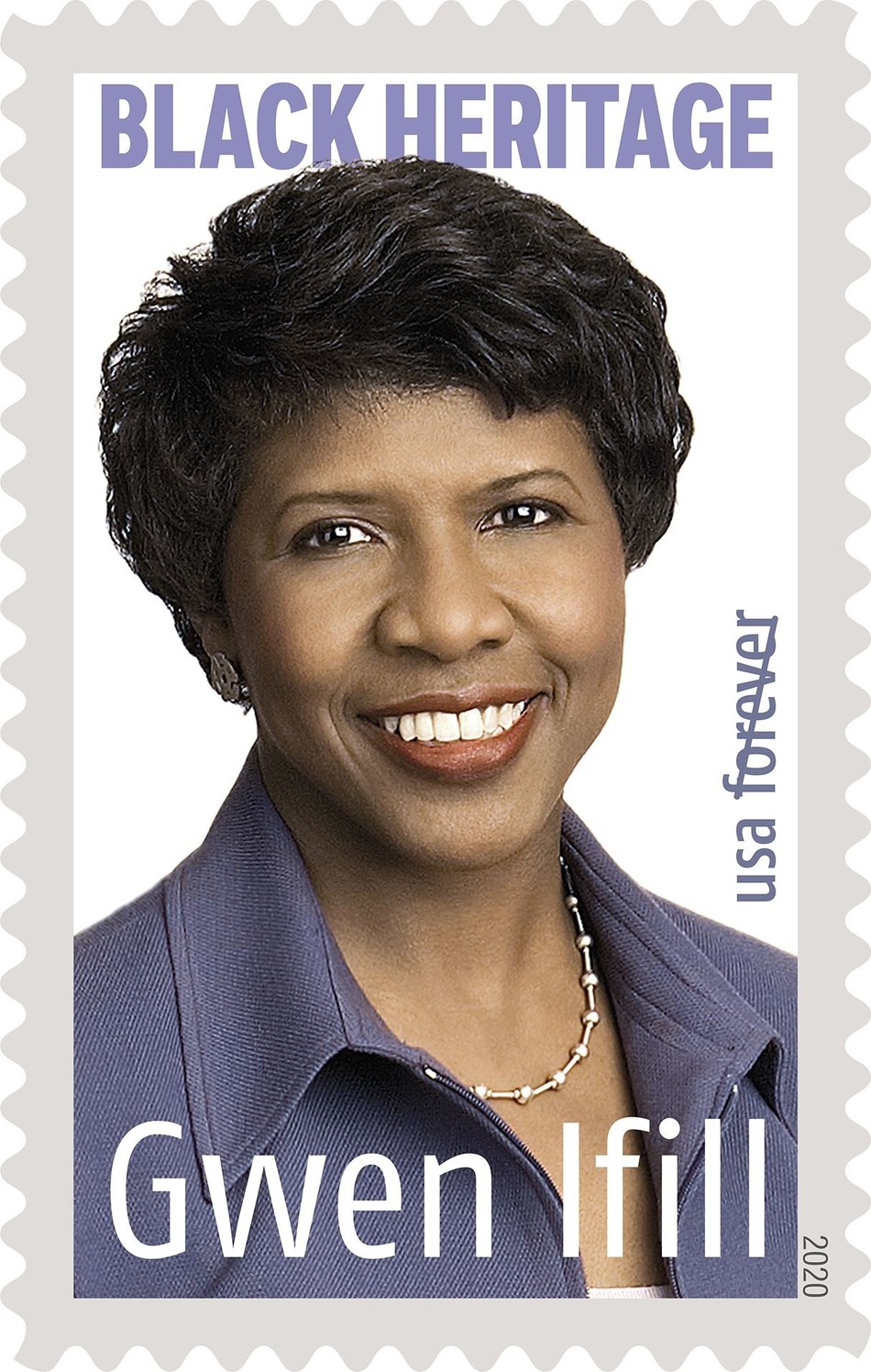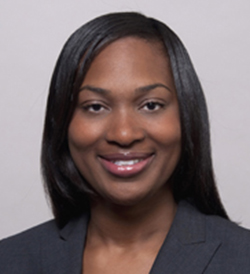![]()
![]()
![]()
![]()
![]()
![]()
 AARP’s Public Policy Institute (PPI) released a new study measuring the progression of the mortgage crisis and its effect on people age 50 and older. Looking at nationwide loan-level data for 2007 through 2011, the analysis finds that more than 1.5 million older Americans lost their homes since 2007. The study also finds that the percentage of seriously delinquent loans – those in foreclosure and loans 90 or more days delinquent – increased from 1.1 percent in 2007 to 6.0 percent as of December 2011 for people age 50 and older, a more than fivefold increase.
AARP’s Public Policy Institute (PPI) released a new study measuring the progression of the mortgage crisis and its effect on people age 50 and older. Looking at nationwide loan-level data for 2007 through 2011, the analysis finds that more than 1.5 million older Americans lost their homes since 2007. The study also finds that the percentage of seriously delinquent loans – those in foreclosure and loans 90 or more days delinquent – increased from 1.1 percent in 2007 to 6.0 percent as of December 2011 for people age 50 and older, a more than fivefold increase.
“The collapse of the housing market has been especially painful for older homeowners,” said Debra Whitman, AARP Executive Vice President for Policy.
According to the report, millions of older homeowners also remain at risk. As of December 2011, more than half a million (600,000) loans were in foreclosure and a similar number (625,000) were 90 or more days delinquent. Further, as of December 2011, 16 percent of loans belonging to people age 50 and older – 3.5 million loans – were underwater, meaning the amount owed on the loan is greater than the value of the property.
“Older homeowners often rely on their home equity to finance their needs in retirement – things like health care, home maintenance and other unexpected needs. The fact that so many older Americans have no equity at all is troubling,” Whitman continued.
While the serious delinquency rates are lower for those aged 50 and older than for those under age 50, serious delinquencies went up faster for the older population over the past five years. The study also finds that people age 75 and older have a higher foreclosure rate (3.2 percent) than those age 50 to 64 (3.0 percent) or age 65 to 74 (2.6 percent).
“More older Americans are carrying mortgage debt than in the past, and the amount of that debt is also increasing,” Whitman continued. “Because before-tax income has decreased on average for people age 75 plus, while spending for mortgage interest, property taxes, utilities, and health care have increased, their economic situation is worsening.”
The study also examines foreclosure rates by race/ethnicity, income bracket, and prime and subprime loan type. Foreclosure rates of African American and Hispanic borrowers age 50 and older were 3.5 percent and 3.9 percent on prime loans respectively in 2011, nearly double that of white borrowers (1.9 percent). Foreclosure rates on subprime loans are markedly higher: as of 2011, among those age 50 and older, Hispanics had the highest foreclosure rate at 14.1 percent; Asians 13.9 percent, whites 12.8 percent, and African Americans 11.5 percent.
“Looking ahead, the study shows that this crisis is far from over. Many loans remain in danger of falling into foreclosure, even as large numbers of loans are already in foreclosure. We hope this study will encourage policymakers to continue to focus on this important area. ” Whitman concluded.
AARP and its affiliates are working toward solutions. AARP Foundation, a charitable affiliate of AARP, conducts foreclosure prevention outreach with plans to expand. Since 2010, the program has reached nearly half a million Americans age 50 and older who are fighting to save their home from foreclosure with information and resources. Further, AARP Foundation Litigation continues to represent those 50 and older including homeowners who may be facing foreclosure.






